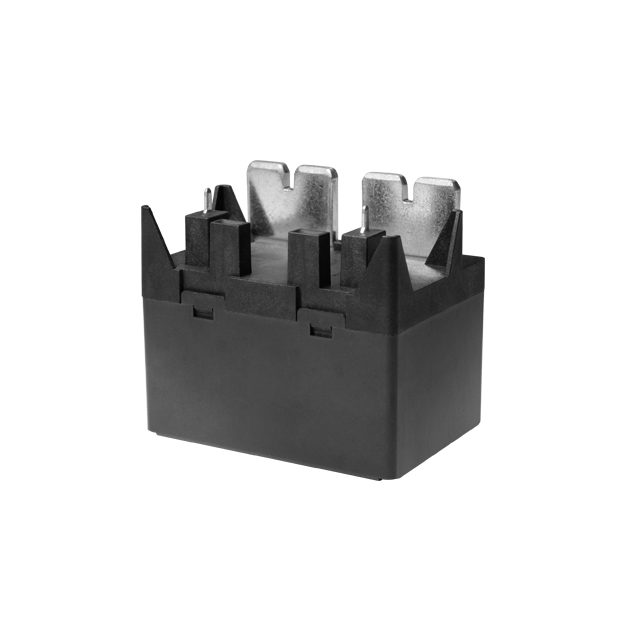relay safety features: ensuring protection in electrical systems
Release time:2025-04-14 19:51:09
Relay safety features are essential components in electrical systems, playing a vital role in safeguarding both equipment and people. These safety features help monitor, control, and protect various electrical circuits from faults, preventing potential damage, fires, or dangerous electrical accidents. In this article, we will explore the importance of relay safety features, their working mechanisms, and the key components involved in ensuring the safety and reliability of electrical systems.

Understanding Relays in Electrical Safety
A relay is an electrical switch used to control a circuit by opening or closing contacts in response to a signal. In essence, it allows a low-power control signal to operate high-power devices safely. Relays are widely used in industrial, commercial, and residential electrical systems to protect circuits, control systems, and machinery. The role of a relay is not only to manage power but also to provide a safety mechanism to avoid hazardous conditions, such as overloads, short circuits, and ground faults.
Relay safety features typically include protective functions that help detect abnormal conditions and initiate corrective actions. These features can prevent damage to equipment and reduce the risk of electrical hazards, ensuring that electrical systems operate safely and efficiently.

